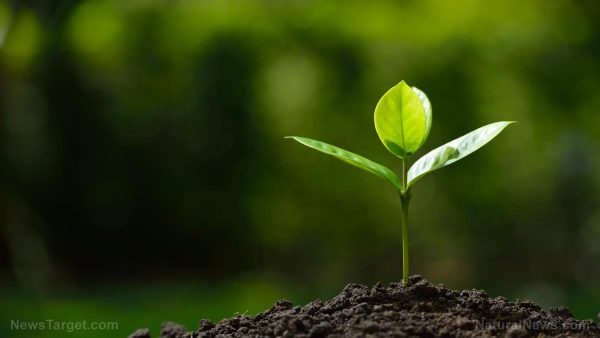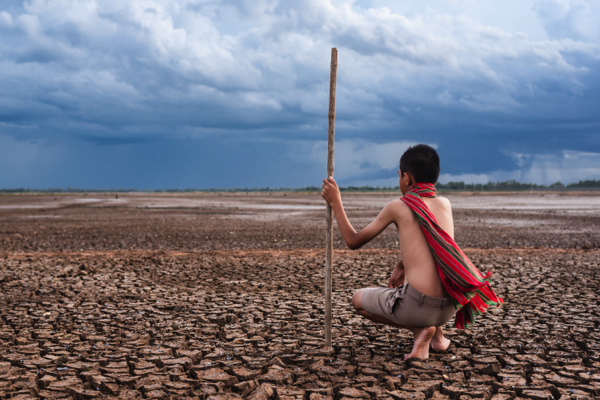
Low water levels across California weighing down state grid
Lake Oroville is among the thousands of reservoirs going dry in California. According to Jay Lund, co-director of the Center for Watershed Sciences at the University of California, Davis, water levels in around 1,500 reservoirs in the state have fallen by 50 percent of the seasonal average. DWR also says that 11 of the state's 12 biggest reservoirs are well below normal levels, Bloomberg reported. Currently, California's hydropower is down by about 40 percent this month compared to the same time last year, according to BloombergNEF (BNEF). Data from the Energy Information Administration shows that hydropower output hasn't been this low since late 2015. The state has sourced almost 13 percent of its electricity from hydropower over the last three years, according to BNEF analyst Brianna Lazerwitz. But she expects that to go down this season due to the drought. She predicts that the state may have around one gigawatt (1,000 megawatts) less hydropower this year in August. (Related: Catastrophic drought puts a strain on California’s hydropower supply.) Already, the drought affecting the western U.S. is beginning to put a strain on California's power grid. Last Wednesday, June 16, the California Independent System Operator (CAISO) issued a statewide Flex Alert urging residents to cut back on their electricity use from 5 p.m. to 10 p.m. on Thursday to avoid power shortages. The grid operator extended the alert through Friday due to extreme heat forecasts. Follow CaliforniaCollapse.news for the latest news on California's power supply problem. Sources include: SHTFPlan.com Fox10TV.com Newsweek.com Bloomberg.com LakeCoNews.com ActionNewsNow.comWater, food supply and hydration: Prepping for a summer power outage
By Zoey Sky // Share
This fascinating off-grid lamp is powered by photosynthesis
By Divina Ramirez // Share
Always ready: 12 Must-have supplies to stock up on before SHTF
By Zoey Sky // Share
Massive two-day underwater avalanche sprawls more than 600 miles across the Atlantic Ocean floor
By Virgilio Marin // Share
Survival foraging: 5 Edible weeds to harvest when SHTF
By Zoey Sky // Share
Trump administration removes 9,500 truck drivers for failing English tests in safety crackdown
By bellecarter // Share
ABSURD: Corporate media, Senate Democrats blame RFK Jr. for measles outbreaks
By patricklewis // Share
Venezuela accuses the U.S. of international PIRACY following tanker seizure
By ramontomeydw // Share
Hamas halts ceasefire progress citing Israeli violations
By zoeysky // Share











